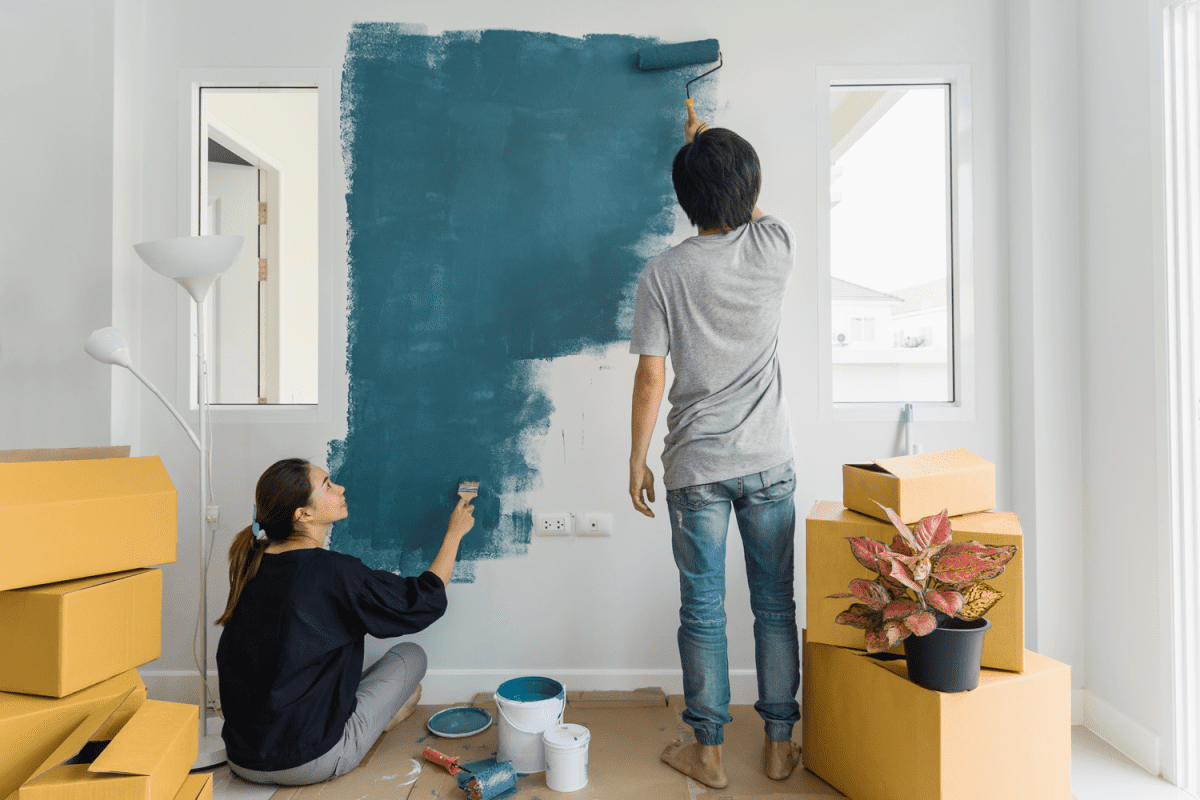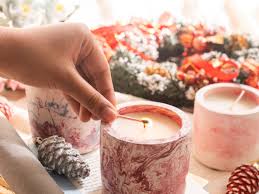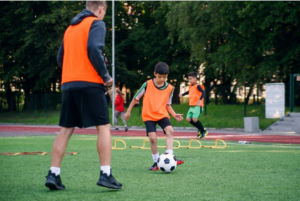
What are Common Wall Painting Issues and How to Resolve Them in Dubai?
Wall painting is a crucial aspect of home maintenance and aesthetics, especially in a city like Dubai where extreme weather conditions can impact the longevity and appearance of painted surfaces. Homeowners often seek a reliable Wall Painting Service in Dubai to address these challenges effectively. This article delves into the common wall painting problems in Dubai and offers practical solutions to address them.
Peeling and Cracking Paint:
Issue:
Peeling and cracking are among the most prevalent problems due to Dubai’s hot and humid climate. The intense heat can cause paint to lose its adhesion, leading to flaking and cracking.
Solution:
To resolve this issue, it is essential to prepare the surface properly before painting. Start by scraping off the loose paint and sanding the surface to create a smooth base. Apply a high-quality primer that is suitable for humid conditions before adding the final coat of paint. Using paints specifically designed for high temperatures can also enhance durability.
Blistering Paint:
Issue:
Blistering, or bubbling of paint, occurs when moisture gets trapped beneath the paint layer. This is a common problem in areas with high humidity, like Dubai.
Solution:
Ensure that the walls are completely dry before painting. Using a dehumidifier can help reduce moisture levels. Selecting a paint with good breathability can allow moisture to escape without causing blisters. Additionally, avoid painting on extremely hot days, as rapid drying can trap moisture.
Fading Colors:
Issue:
Exposure to intense sunlight can cause paint colors to fade over time. This is particularly noticeable in exterior walls and rooms with large windows.
Solution:
Opt for UV-resistant paints that are formulated to withstand sun exposure. Using lighter shades can also help, as they reflect more sunlight and retain their color longer. Applying a clear UV-protective topcoat can further enhance color longevity.
Mildew and Mold Growth:
Issue:
Mildew and mold thrive in humid environments and can develop on painted surfaces, particularly in poorly ventilated areas like bathrooms and kitchens.
Solution:
To prevent mold and mildew, use paints with anti-microbial properties. Ensure that the room is well-ventilated and consider installing exhaust fans to reduce humidity. If mold is already present, clean the affected area with a solution of bleach and water before repainting.
Efflorescence:
Issue:
Efflorescence appears as white, powdery deposits on the surface of painted walls, caused by water-soluble salts coming to the surface as water evaporates.
Solution:
Address the underlying moisture issue by improving drainage and waterproofing the walls. Clean the efflorescence with a stiff brush and water before applying a masonry sealer to prevent recurrence. Use paints that are specifically designed for masonry surfaces to ensure proper adhesion.
Chalking:
Issue:
Chalking occurs when a powdery residue forms on the paint surface, often due to the breakdown of the paint film under UV exposure.
Solution:
To resolve chalking, wash the surface thoroughly to remove the chalky residue. Apply a high-quality primer to seal the surface and prevent further chalking. Choose exterior paints that are designed to resist chalking and have high UV stability.
Stains and Discoloration:
Issue:
Stains and discoloration can result from water leaks, smoke, or other contaminants, leading to unsightly patches on painted walls.
Solution:
Identify and repair the source of the stain before repainting. Use stain-blocking primers to prevent the stain from bleeding through the new paint. For persistent stains, multiple coats of primer may be necessary to achieve complete coverage.
Poor Adhesion:
Issue:
Poor adhesion can result in paint peeling away from the surface, often due to improper surface preparation or using incompatible paint types.
Solution:
Ensure the surface is clean, dry, and free from contaminants before painting. Sand glossy surfaces to create a rough texture for better adhesion. Use a primer that is compatible with both the surface and the type of paint being used. Follow the manufacturer’s instructions for application to achieve the best results. For professional assistance, consider engaging Home Maintenance Services in Dubai to ensure a high-quality and durable paint job.
Conclusion
In conclusion, wall painting in Dubai presents unique challenges due to the region’s extreme weather conditions. By understanding and addressing common issues such as peeling, blistering, fading, mildew growth, efflorescence, chalking, stains, and poor adhesion, homeowners can ensure their walls remain beautiful and durable. For professional painting services in Palm Jumeirah Dubai, it’s essential to hire experienced contractors who understand the specific requirements of the area’s climate and can deliver exceptional results that stand the test of time.
Frequently Asked Questions
How can I prevent paint from peeling in Dubai’s climate?
Proper surface preparation, using a high-quality primer, and choosing paints formulated for high temperatures and humidity can help prevent peeling.
What type of paint is best for exterior walls in Dubai?
UV-resistant paints with high durability and breathability are ideal for exterior walls to withstand the intense sunlight and heat in Dubai.
How often should I repaint my home in Dubai?
Depending on the quality of paint and environmental factors, exterior walls typically need repainting every 5-7 years, while interior walls can last 7-10 years with proper maintenance.


